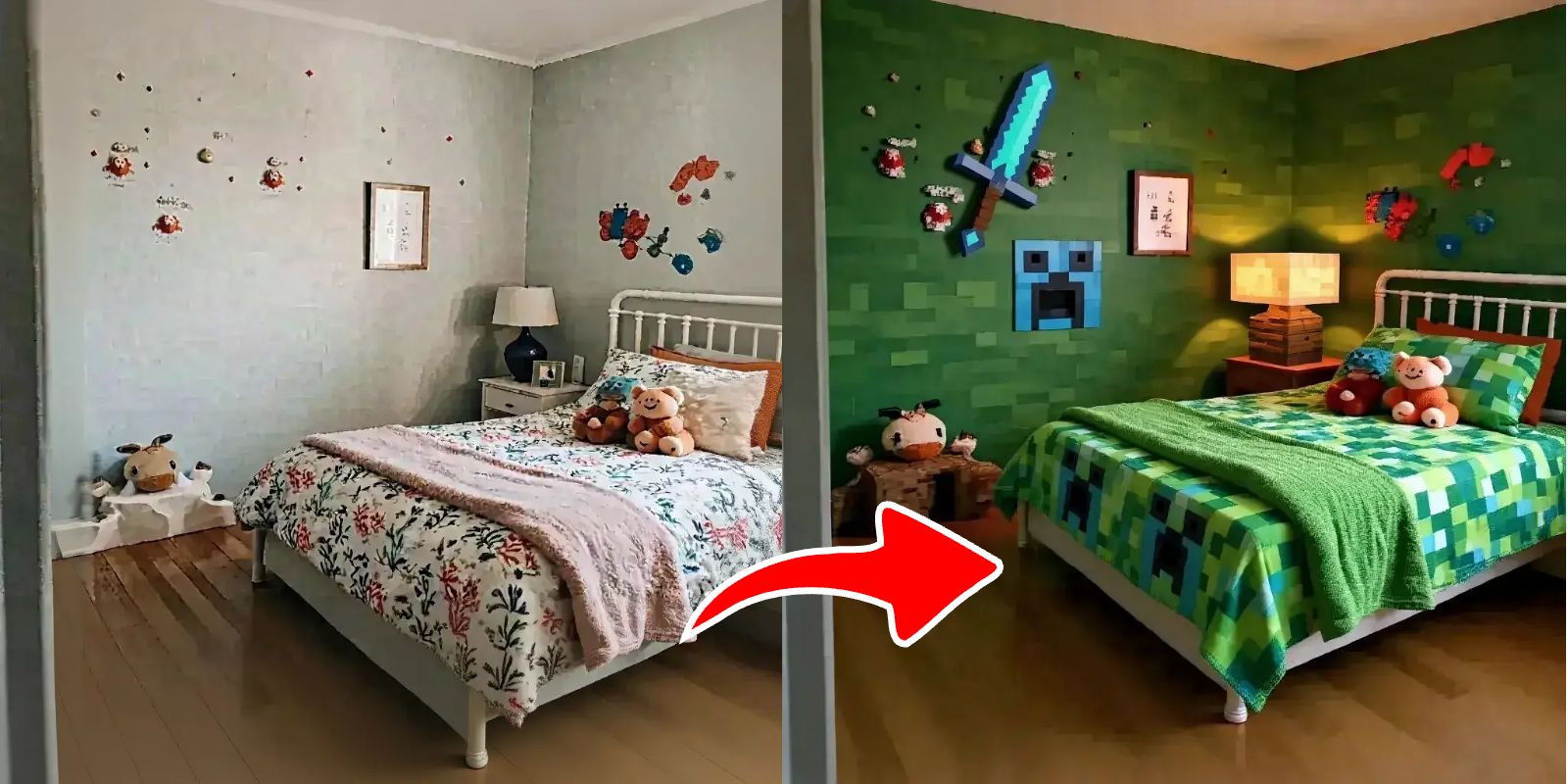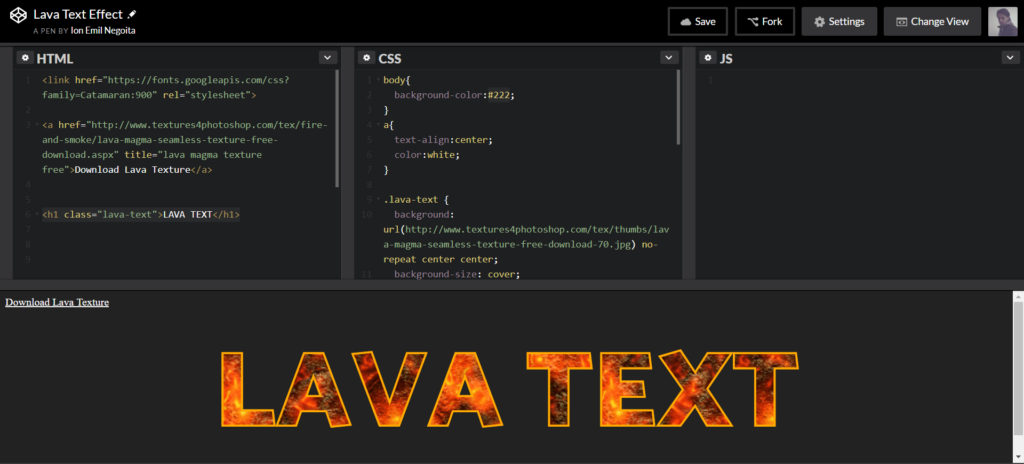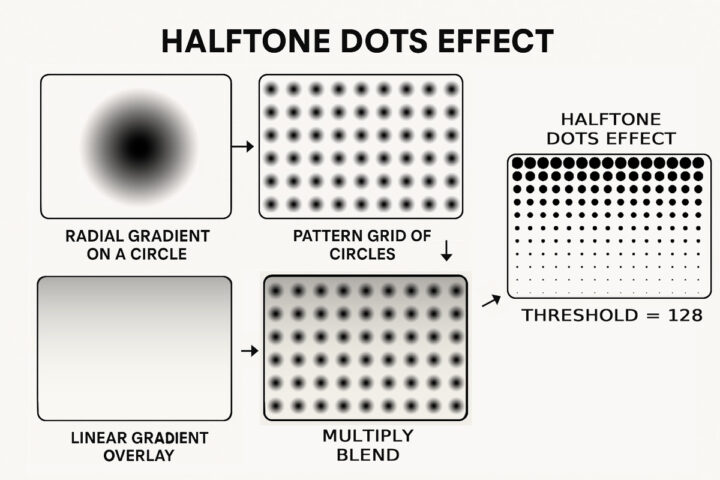Are you building a website for an interior designer, a furniture store, or a real estate agency? Gone are the days of static photo galleries. Today, clients want interactive, immersive experiences that help them visualize a space before making a decision.
The great news is you don’t always need a heavy, complex 3D engine to create stunning room designs on the web. With the power of CSS and JavaScript (especially libraries like Three.js), you can build beautiful, interactive, and lightweight interior design showcases directly in the browser.
We’ve scoured CodePen to find some of the best free ideas for interior design websites. These pens are fantastic starting points that can inspire your next project, whether you’re looking for a minimalist 2D look, a cool isometric perspective, or a fully interactive 3D room.
A Powerful Tool for Your Visual Assets
While these coded examples are fantastic for creating interactive website elements, you’ll still need high-quality images and mockups to showcase real-world designs. This is where a powerful editing tool comes in handy. For creating and editing realistic room images, check out the MockoFun AI interior design generator. This tool acts as a virtual online interior design planner, allowing you to easily add, remove, or change design elements in a photo of a room. It’s perfect for generating inspiration, creating concept art, or quickly mocking up different styles for a client before you even start coding the interactive version.

Now, let’s dive into the code!
1. Interactive 3D Room with Three.js
This beautiful and clean 3D room by Ricardo Oliva Alonso is a perfect example of what’s possible with Three.js. The model is detailed, the lighting is soft, and users can click and drag to rotate the view, giving them a complete perspective of the space. This would be a fantastic hero element for a modern furniture brand’s homepage.
See the Pen 3D Room with Three.js by Ricardo Oliva Alonso (@ricardoolivaalonso)on CodePen.
2. Pure CSS Isometric Living Room (Day/Night Mode)
Who says you need JavaScript for everything? This incredible pen by Olivia Ng proves the power of pure CSS. It features a stylish isometric living room with a clever toggle to switch between day and night modes, which even changes the lighting and shadows. It’s lightweight, creative, and perfect for a design blog or portfolio.
See the Pen Pure CSS Isometric Living Room (with day/night toggle) by Olivia Ng (@oliviale)on CodePen.
3. Animated Isometric Bedroom
This pen uses a slick animation to “build” the isometric bedroom right before your eyes. Each element flies into place, creating a dynamic and engaging user experience. This effect is perfect for a landing page to grab the visitor’s attention or to showcase different components of a room design package.
See the Pen CSS Isometric Bedroom by hujhihsyun (@hujhihsyun)on CodePen.
4. Minimalist Flat Design Workspace in CSS
Sometimes, less is more. This pure CSS workspace by Anand Graves uses a flat design aesthetic with a pleasing color palette. It’s a great example of how you can illustrate a room concept without complex 3D modeling. This style could work wonderfully for an agency website or a co-working space.
See the Pen Workspace Flat Design // Pure CSS by Anand Graves (@anandgraves)on CodePen.
5. Low-Poly 3D Bedroom Concept
Another gem from Ricardo Oliva Alonso, this pen showcases a low-poly 3D bedroom. The low-poly style is not only trendy but also performs exceptionally well in the browser. The user can explore the room by dragging the mouse, making it an engaging and fun interactive piece.
See the Pen Low Poly Room – Three.js by Ricardo Oliva Alonso (@ricardoolivaalonso)on CodePen.
6. Interactive Drag-and-Drop Room Planner
Moving from static showcases to functional tools, this pen by Peter Masigla is a simple but brilliant concept for a room planner. Users can drag and drop furniture items into a 2D room layout. It’s a fantastic starting point for anyone looking to build a “design your own room” feature for a furniture or home goods website.
See the Pen Vue Drag and Drop Room Planner by Peter Masigla (@pbmasigla)on CodePen.
7. 3D Isometric Room with Light and Shadow
This pen combines the popular isometric view with the depth of 3D. The lighting and shadows are particularly well done, giving the scene a realistic and tangible feel. It’s another excellent showcase of how Three.js can be used to create clean, portfolio-worthy design visualizations.
See the Pen 3D Isometric Room – Three.js by Ricardo Oliva Alonso (@ricardoolivaalonso)on CodePen.
8. Real-time 3D Room Customizer
This is one of the most practical and impressive examples on the list. Created by Archisketch, this pen is a full-fledged 3D room customizer. Users can click on different surfaces like the floor and walls to change colors and textures in real-time. This is the kind of functionality that e-commerce sites for home improvement or interior design dream of.
See the Pen Real-Time 3D Configurator | Archisketch by Archisketch (@Archisketch)on CodePen.
9. 2D Room with Parallax Depth Effect
This pen by Suyash Chandra cleverly creates a sense of depth without using any 3D libraries. By applying a parallax effect that responds to mouse movement, the 2D layers of the room shift to create a pseudo-3D look. It’s a lightweight and elegant solution for adding a touch of interactivity to a room illustration.
See the Pen Pure CSS Room Illustration – Parallax Effect by Suyash Chandra (@suyash-chandra)on CodePen.
Conclusion
As you can see, the web is a powerful canvas for creating rich interior design experiences. Whether you opt for a simple and stylish pure CSS illustration or a fully interactive 3D room customizer, these CodePen examples provide a wealth of free ideas to get you started.
Fork one of these pens, play with the code, and see how you can adapt these concepts for your next web project.



